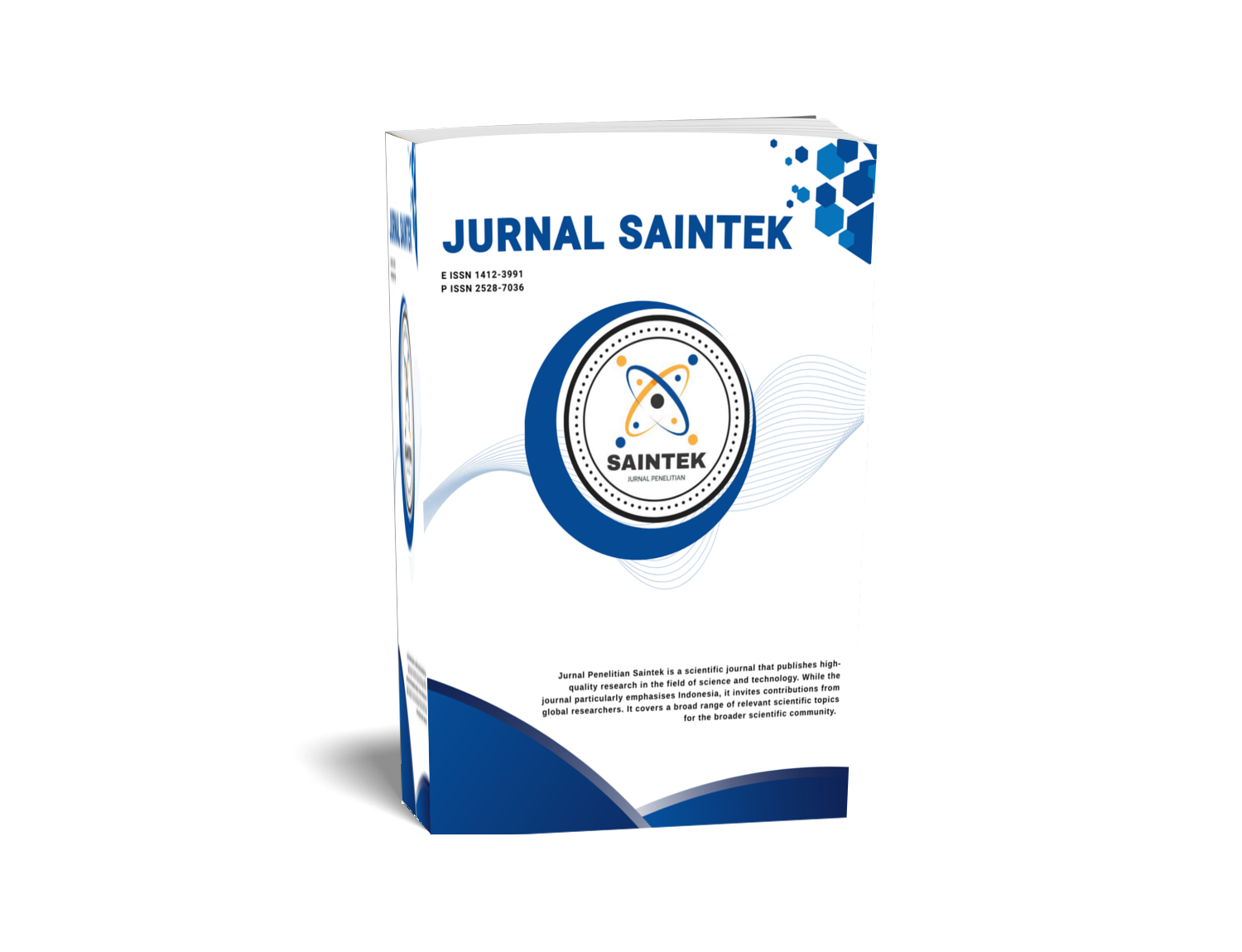ELECTRICITY PRODUCTION FROM FOOD WASTE LEACHATE USING DOUBLE CHAMBER MICROBIAL FUEL CELL
DOI:
https://doi.org/10.21831/jps.v25i1.30210Keywords:
electricity production, microbial fuel cell, food waste leachateAbstract
This study was aimed at evaluating the performance of non-aerated and aerated double chamber microbial fuel cells from food waste leachate. The value of open circuit voltage (OCV) and close circuit voltage (CCV) were taken to analyze power density and current density of both configurations. Two double chamber microbial fuel cells (MFC) with different configurations were developed to produce electricity from food waste leachate and studied for 30 days. Anode and catode were made by uncoated carbon felt and graphite rod. Food waste and water were incubated inside a reactor. After 30 days, the electricity production characteristics between the two configurations were obtained. Both configurations reached the same maximum power density and maximum current density but the aerated MFC showed higher performance of maximum open-circuit voltage (OCV), average power density, and current density than non-aerated MFC. The results show that the supplying continuous dissolved air in the cathode chamber resulted in higher voltage, higher average power density, and higher average current density in double chamber microbial fuel cell.
References
Choi, J., & Ahn, Y. (2015). Enhanced bioelectricity harvesting in microbial fuel cells treating food waste leachate produced from biohydrogen fermentation. Bioresource Technology, 183, 53-60. http://dx.doi.org/10.1016/j.biortech.2015.01.109.
Greenman, J., Galvez, A., Giusti, L., & Ieropoulos, I. (2009). Electricity from landfill leachate using microbial fuel cells: Comparison with a biological aerated filter. Enzym and Microbial Technology, 44(2), 112-119. https://doi.org/10.1016/j.enzmictec.2008.09.012.
Kang, K., Shin, H., & Park, H. (2002). Characterization of humic substances present in landfill leachates with different landfill ages and its implications. Water Research 36, 4023-4032. https://doi.org/10.1016/S0043-1354(02)00114-8.
Levis, J. W., & Barlaz, M. A. (2011). What is the most environmentally beneficial way to treat commercial food waste? Environmental Science & Technology, 45(17), 7438-7444. https://doi.org/10.1021/es103556m.
Li, X. M., Cheng, K. Y., Selvam, A., & Wong, J. W. C. (2013). Bioelectricity production from acidic food waste leachate using microbial fuel cells: Effect of microbial inocula. Process Biochemistry, 48(2), 283-288. http://dx.doi.org/10.1016/j.procbio.2012.10.001.
Li, X. M., Ka, Y. C., & Wong, J. W. C. (2013). Bioelectricity production from food waste leachate using microbial fuel cells: Effect of NaCl and pH. Bioresource Technology 149, 452-458. http://dx.doi.org/10.1016/j.biortech.2013.09.037.
Juwana, W. E., Widyatama, A., Majid, A. I., Wiratni, Indarto, & Deendarlianto. (2018). The application of digital image analysis to study the characteristic of bubble size distribution produced by orifice type microbubble generator. AIP Conference Proceeding, 2001, 050004. https://doi.org/10.1063/1.5049995.
Majid, A. I., Nugroho, F. M., Juwana, W. E., Budhijanto, W., Deendarlianto, & Indarto. (2018). On the performance of venturi-porous pipe microbubble generator with inlet angle of 20ï‚° and outlet angle of 12ï‚°. Dalam AIP Conference Proceeding 2001, 050009. https://doi.org/10.1063/1.5050000.
Majid, A. I., Aan, D., Wiratni, I., Brata, E. D., Purwono, B. A., & Tontowi, A. E. (2016, Mei). Development of an industrial-scale micro-bubble generator for the purposes of aerobic wastewater treatment. Makalah dipresentasikan dalam The International Conference on Multiphase Flow. Firenze, Italy. https://doi.org/10.13140/RG.2.1.2618.5203.
Rikame, S. S., Mungray, A. A., & Mungray, A. A. (2012). Electricity generation from acidogenic food waste leachate using dual chamber mediator less microbial fuel cell. International Biodeterioration & Biodegradation 75, 131-137. http://dx.doi.org/10.1016/j.ibiod.2012.09.006.
Sudibyo, H., Majid, A. I., Pradana, Y. S., Wiratni B., Deendarlianto., & Budiman, A. (2017). Technological evaluation of municipal solid waste management system in Indonesia. Energy Procedia, 105, 263-269. https://doi.org/10.1016/j.egypro.2017.03.312.
Xu, S. Y., Lam, H. P., Karthikeyan, O. P., & Wong, J. W. (2011). Optimization of food waste hydrolysis in leach bed coupled with methanogenic reactor: effect of pH and bulking agent. Bioresource Technology, 102(4), 3702-3708. https://doi.org/10.1016/j.biortech.2010.11.095.
Downloads
Published
How to Cite
Issue
Section
Citation Check
License
Who Can Submit?
Any individual may submit an original manuscript for consideration for publication in Jurnal Penelitian Saintek as long as they hold the copyright to the work or are authorized by the copyright owner(s) to submit it. Authors retain initial ownership of the copyrights to their works prior to publication, except in cases where, as a condition of employment, they have agreed to transfer copyright to their employer.
User Rights
Jurnal Penelitian Saintek is an Open Access journal. Users are granted the right to read, download, copy, distribute, print, search, or link to the full texts of articles, provided they comply with the conditions of the Creative Commons Attribution-ShareAlike License 4.0 (CC BY-SA 4.0).
https://creativecommons.org/licenses/by-sa/4.0/
Author Rights
Authors retains copyrights.
Jurnal Penelitian Saintek by http://journal.uny.ac.id/index.php/saintek is licensed under a Creative Commons Attribution-ShareAlike 4.0 International License.









